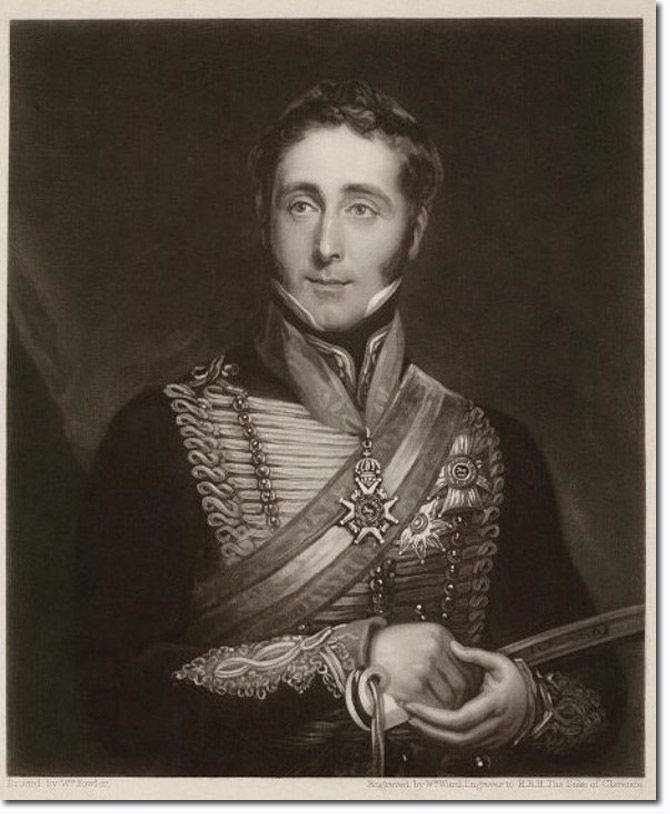|
|


|
|
John Ponsonby Conroy was born in Wales on 21 Oct 1786. His parents were Irish and John was educated in Dublin. He was commissioned into the RA in Sep 1803 and attended the RMA Woolwich in 1805. He served throughout the Napoleonic Wars but avoided active service. He was on the staff of Colonel Benjamin Fisher and married his daughter Elizabeth on Boxing Day 1808. In March 1817, as a captain, he was appointed adjutant of the Corps of Artillery Drivers, but through family connections he was appointed equerry to the Duke of Kent in May 1817.
Conroy is notorious in the history of the royal family as the man who took total control of the young Princess Victoria after the death of her father the Duke of Kent in 1827. He was an executor to the Duke’s will but was rejected in his bid to become Victoria’s guardian. He had retired from military service in 1822 and was Comptroller to the widowed Duchess of Kent, Victoria of Saxe-Coburg-Saalfeld. It was suspected that they were lovers, and it is certain that he controlled her. He devised the infamous Kensington System that was set up to control every aspect of the young Princess Victoria’s life. Conroy’s intention was to weaken Victoria and make her dependent on him so that he held the real power in the palace. Victoria grew to hate the overbearing Conroy and there was bitter animosity between them. Conroy was arrogant and ambitious, with delusions of grandeur. During the reign of William IV his control of the household was secure but the King actually hated Conroy and the Duchess. The unpopular couple hoped that the King would die before Victoria reached her majority at 18 so that the Duchess could be declared Regent. As this outcome became less and less likely, they let it be known that the Princess was a weak-minded, frivolous girl who needed Conroy’s guidance. When the King died shortly after Victoria became 18, she became Queen. Conroy made demands for a peerage and a pension of 3,000 pounds. Lord Melbourne granted him the pension to avoid a scandal and gave him a baronetcy. He continued to pressure Queen Victoria for a peerage but was refused. He was dismissed from the royal household but could not be dislodged from the Duchess’s household. However, Victoria managed to isolate them in remote apartments at Buckingham Palace and it was in 1839 that the Duke of Wellington put pressure on Conroy to go into exile, but he returned from abroad and settled at Aborfield Hall near Reading as a farmer and pig-breeder. He ran up huge debts and died on 2 March 1854. Investigations after his death found that he had swindled the Duchess of Kent out of most of her money, and had also helped himself to a vast fortune from Princess Sophia, an elderly sister of George IV. The portrait of Sir John Conroy in Royal Horse Artillery uniform is a mezzotint published in 1828. The print is by William James Ward after William Fowler. |
Armed Forces | Art and Culture | Articles | Biographies | Colonies | Discussion | Glossary | Home | Library | Links | Map Room | Sources and Media | Science and Technology | Search | Student Zone | Timelines | TV & Film | Wargames